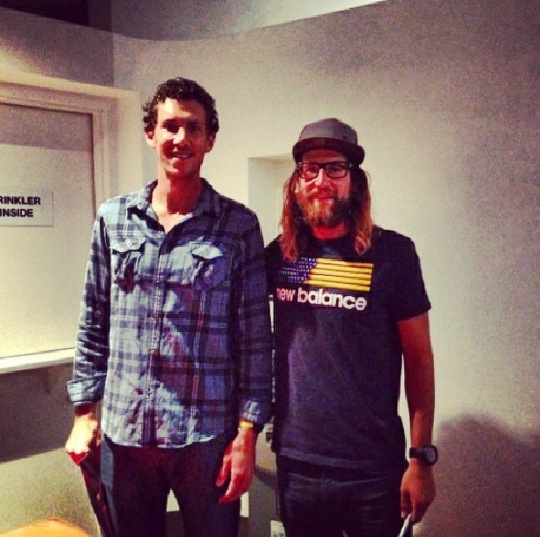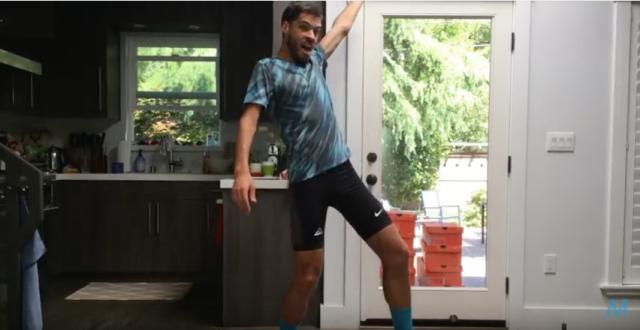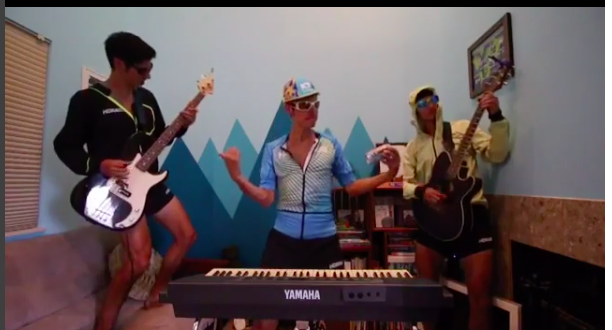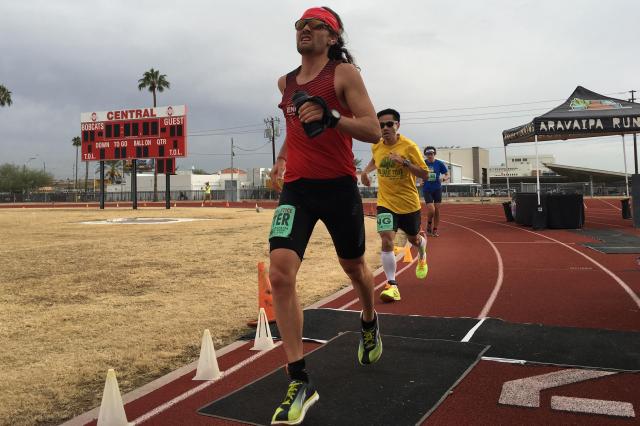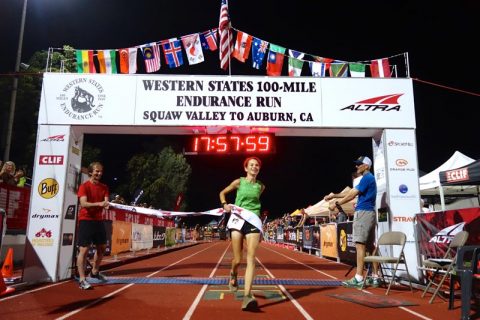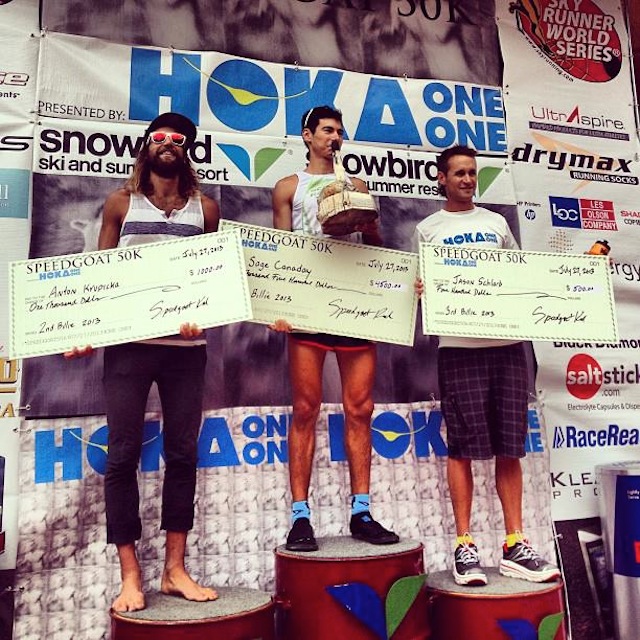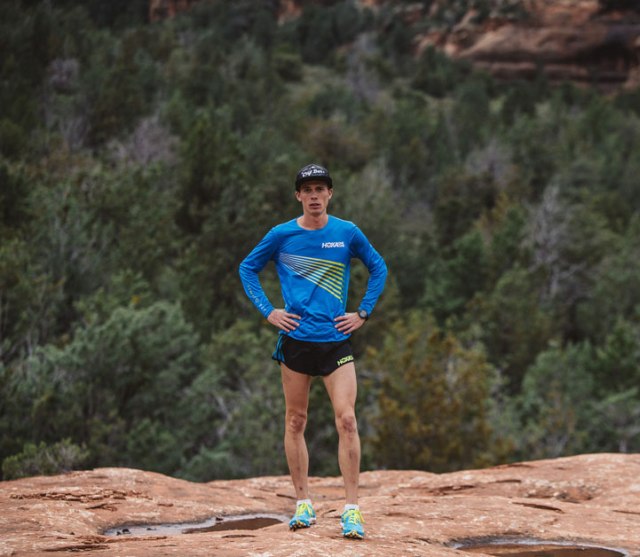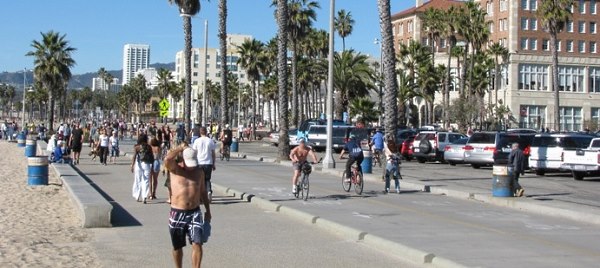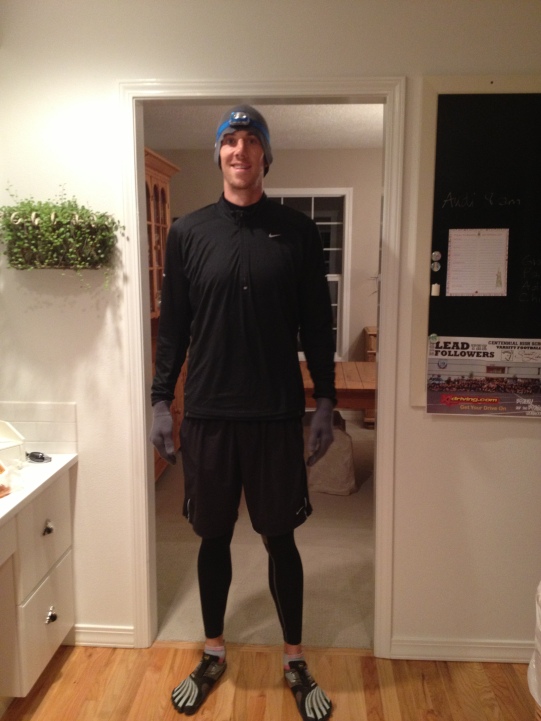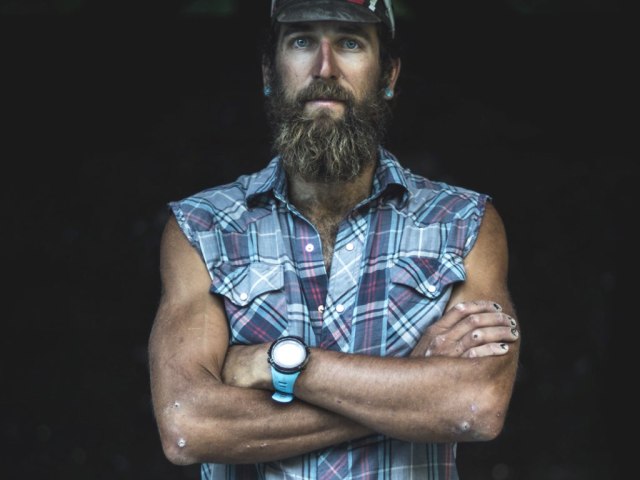
Bobby Geronimo: One my favorite articles that you have written is on Runner’s World called “Anton Krupicka: On Being Real”. In it, you discuss your desire to live a life that you feel is authentic, a life where you are being truly genuine in both your actions and the way that you portray yourself to the world. This article was written in March of 2011 (over six years ago). Have your general feelings about this changed at all since then? How has your increased public presence on social media over the past five years affected your feeling about this? Do you ever post things/say something in a interview because you feel like you have to?
Tony Krupicka: Like everyone else, I’m just trying to figure shit out, dude. I don’t have the answers. I’m a completely different person than I was six years ago; much more compromised physically it seems, but hopefully a little more evolved—empathetic, compassionate, generous—as a human than I was back then. Of course I still strive to live an authentic life and to authentically portray myself to the public (what does any of that even mean?! I feel like “authentic” has become such a buzz word.). But I’d also like to move in a direction where maybe I’m not quite as inner-directed, not as self-involved. I’ve spent most of the last five years putting all of my energy and focus into myself—I’d like to try and balance myself a bit more going forward by putting some energy into things greater than myself. Things that align with principles that I’d like to live up to. Valuing human relationships and social justice and this fucking planet itself.
Do I ever post things/say things in an interview because I feel like I have to? I guess so? But not much. However, I am a human in society, and I am an ambassador in the marketing departments of various outdoor gear manufacturers. I only work with companies that I feel like haven’t lost sight of the basic human element, but, at the end of the day, I AM in marketing to a certain degree, and social media is always going to be curated to a certain degree.
BG: The sentiment has been expressed that ultrarunning is different than other sports because it’s a smaller community, you can “interact” with the elites on twitter and maybe “run with them” for a while in a race. I have people telling me that I need to apologize to Sage Canaday for my article (like he read it and got upset). I could have written an article about any other sport and been WAY more negative and people aren’t going to tell me I should apologize. Do you believe that because the sport is small, by default, nothing negative or divisive should be said about anybody? If you are putting yourself out there on social media to be seen ALL THE TIME, do you believe you have the right to be scrutinized?
Tony Krupicka: Of course, if you’re presenting yourself as a public figure, you have to be able to take a certain amount of scrutiny and criticism. Saying negative, divisive, personal things about ANYone is generally pretty petty and pointless, though, and tends to be more telling about the person spouting the hate than the subject of said hate. I don’t think life is all sunshine and rainbows—I’m as petty and judgmental and cynical as anyone—but what’s the point of embodying those things publicly? Any time I’ve felt negatively about someone it’s almost always because I’ve been feeling angsty or unhappy or insecure about myself for some reason and have just been lashing out. Negativity rarely has any value.
BG: Aliens land on Earth. They propose a mountain running relay for the fate of the planet. It’s five laps around Mount Blanc on the UTMB course, run relay-style with a team of five runners. You get voted as the captain for the Earth team when you declare via Instagram that you plan to ignore all lingering ITB issues for the sake of mankind. It’s your job to pick the four other runners you want with you on the team (and the order you will run in). What do you do?
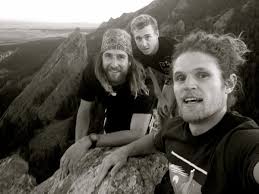
Tony Krupicka: I guess a question like this is supposed to provoke me to select and explain who I think the best 100mi mountain racers are? If the goal is to win (and save the fate of the world?), that’s pretty easy. The four picks are Francois, Kilian, Tim Tollefson, and Xavier Thevenard. Duh. Incidentally, I don’t deserve to be captaining that team. But that’s pretty uninteresting. If the question is, who do I want on my team? Then I pick Joe Grant, Dakota Jones, Clare Gallagher, and Jenn Shelton. I mean, three of us can barely run (come on Clare and Joe! carry us!), but fuck it, at least there will be some feminine charm and sensibility (traits that I can’t believe I’m actually bestowing upon Clare and Jenn) in the mix to balance out all the whiskers and square edges and we’ll enjoy ourselves and each other’s company. (This is not to imply that any of those other four wouldn’t be good company, too.) [Editor’s Note: We here at Trailflow would pay a significant portion of our monthly income to watch a reality show with those five runners in it. They could be doing anything too. They don’t even necessarily have to be running.]
BG: In another one of your Runner’s World posts (I realize these are old but fuck are they GOOD! And still so relevant. No one is writing like that (and that well) about mountain ultrarunning currently) you‘re discussing why you (used to) run barefoot. You write: “Minimal footwear enforces a heightened sense of the position of my body in space and its position relative to the technically challenging terrain. This sort of awareness is at the basis of any skilled movement we do as athletes, and the athleticism that running quickly over variable terrain requires is probably the essential difference between a trail/mountain runner and the traditional road/track athlete who operates primarily in a straight-ahead plane of movement.” Obviously, your opinion about footwear has changed since you wrote this. Do you no longer agree with that statement? It seems so no-bullshit, common sense.
Tony Krupicka: It depends on exactly how you define “minimal” I suppose. And the application varies…that’s the most important thing. For long trail runs and races, I think a shoe with some cushion underfoot is going to serve you better. You’ll sacrifice a small amount of nimbleness, but that will more than be made up for by the fact that your feet won’t be killing you by the end of the day. I can think of more than one 100 mile race where the main complaint I had in the final quarter of the race was foot pain. And not injury pain, just pure battered dogs. Specifically, one that sticks out in my mind (maybe because it was the last ultra I ran) was the Transgrancanaria 128K in 2015. I ran that in a pair of NB MT110s. After about 90k I remember wishing I had on a cushier pair of shoes—I was running more slowly simply because my feet hurt. When Antoine Guillon came bounding by me in a pair of Hokas late in the race, I distinctly remember feeling envious. Those two shoes are close to being at either end of the spectrum, so, obviously, a middle ground makes more sense.
For me, now, a pair of La Sportiva Mutants or Akashas strikes that middle ground nicely. I don’t think the 10mm drop on the Mutants is ideal, but it honestly doesn’t bother me that much, either. If I think about it, that kind of late-race foot pain was just something I took for granted in every 100k+ race I ran after, say, 2010. Before Rocky Raccoon 2011, I honestly just don’t have a good enough memory to recall if late race foot pain was a factor or not. For 100K and below, a “minimal” shoe like the MT100 series (all those shoes still had stiff TPU rock plates, don’t forget) worked great. Now, for off-trail travel—which is most of what I do anymore—the footing is often much more variable and challenging than on a trail, and I still agree with the quote you pulled above.
BG: I was lucky enough to take a class from David Foster Wallace (the year before he took his own life) in college. He always talked about how much of a perfectionist he was and how it became this completely debilitating thing for him because he could never do anything that was perfect enough so he just ended up not doing anything at all, even when his far-less-than-perfect work was still genius by any standards, and I think that theme comes through a lot in his writing. After he died, a ton of his unfinished work was published (most notably the novel Pale King). Having read a lot of DFW, how do you think he would react to knowing that an unfinished manuscript had been published? Devastated? Somehow liberated? Thoughts on how it might relate to your running career?
Tony Krupicka: I’ve read darn near everything there is to read by DFW and I think most of what was written about him, too. All the major stuff at least. And I think his neurotic perfectionism would leave him devastated at the thought of an unfinished manuscript being published. I’ve been sitting here trying to come up with how this might relate to my running career…sorry, I just don’t see it. I’m not (and never have been) a perfectionist, if that’s what you’re getting at? Losing a leg (or some such other properly career-ending calamity) wouldn’t leave me feeling liberated, I’d be fucking devastated. If you’re lucky, life goes on longer than one’s 20s, 30s, and 40s when races and epic adventures are most doable. But there’s a lot more to life than those kinds of pinnacle experiences.
Eventually, just having the ability to stay active will be hugely fulfilling. The only way that good fiction relates to my running or anything I do in the mountains is that both are hugely satisfying because they tap into a feeling of connection. In fiction, it’s usually a feeling of connection to the greater human experience. In the mountains, it is that as well (through shared experiences with humans both past and present) but also a deeper connection to some other kind of grand substrate of power and magic and meaning that is conveyed through moments of clarity and grace…realizing I’m simultaneously more powerful and capable than I ever otherwise thought but also just such a fragile, infinitesimal blip of a speck in the grand scheme. That’s all I got.
BG: That’s all I got too.
